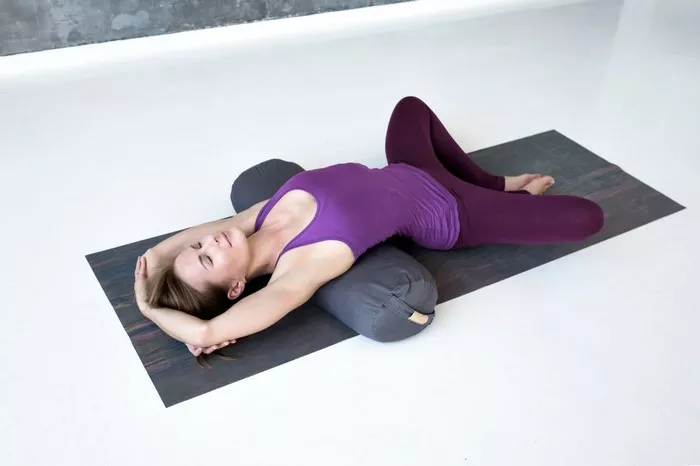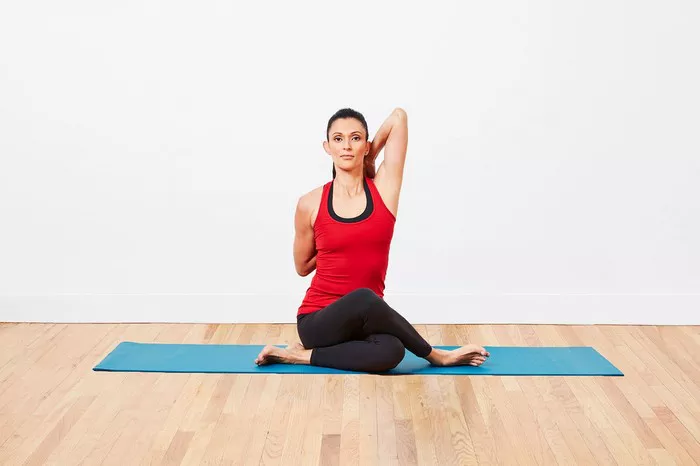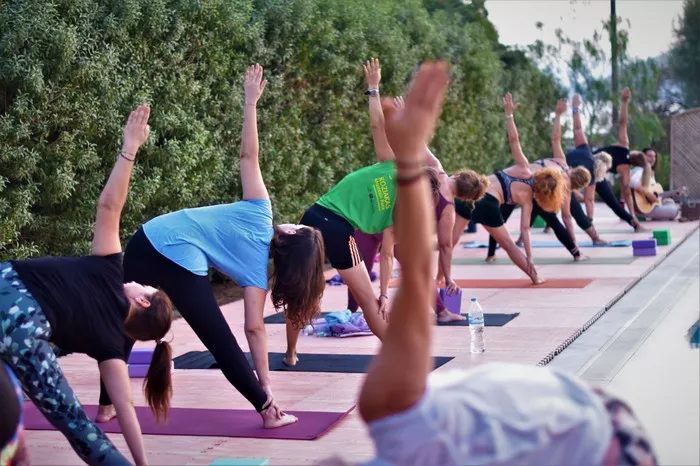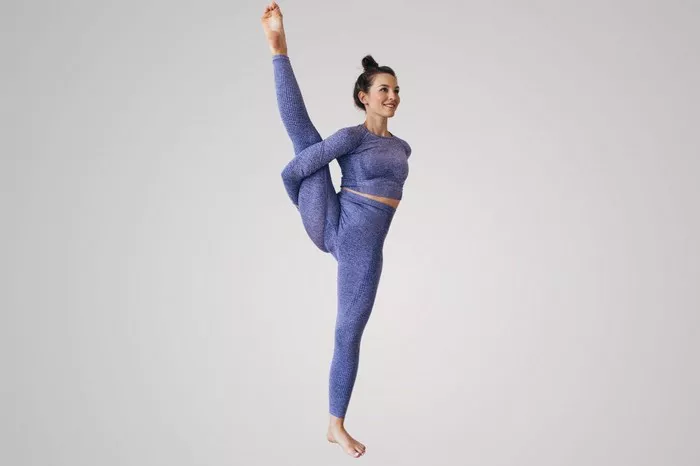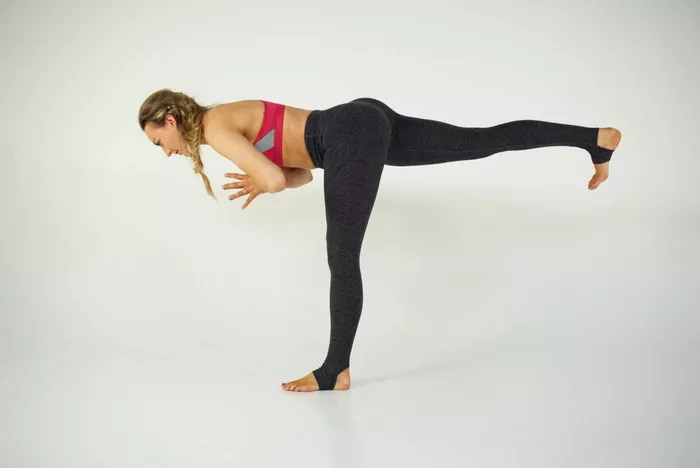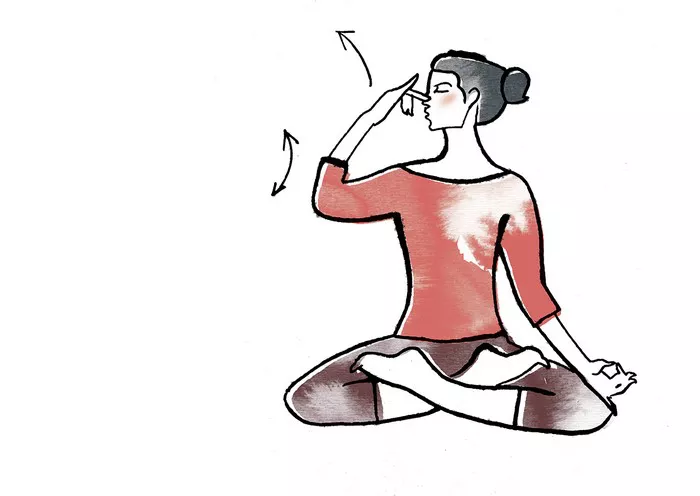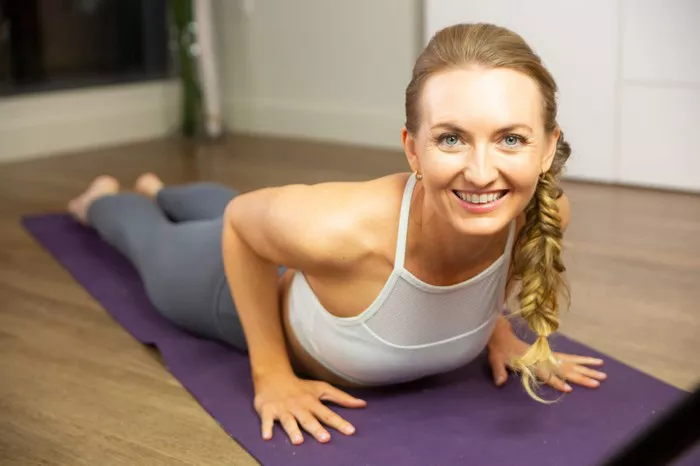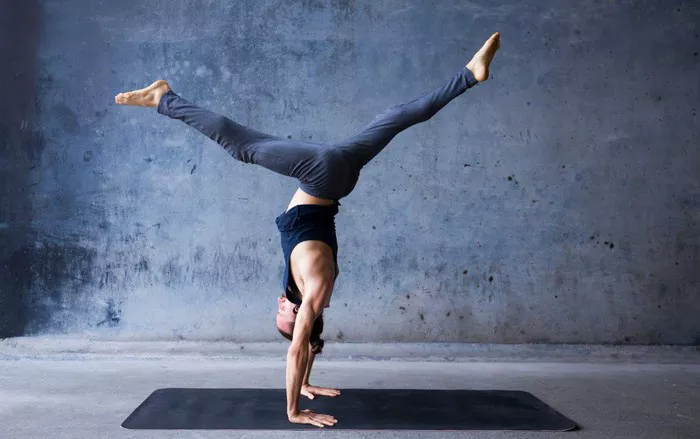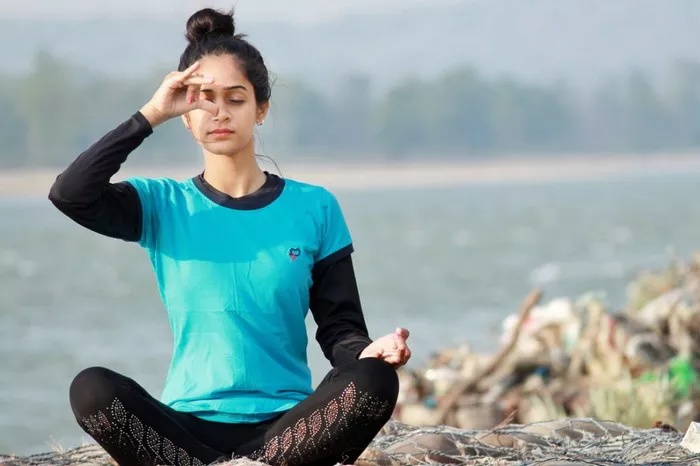Cervical spondylosis is a common degenerative condition affecting the cervical spine, typically arising from age-related wear and tear of the vertebrae, discs, and surrounding tissues in the neck. This condition can lead to symptoms such as neck pain, stiffness, reduced mobility, and sometimes neurological issues like numbness or weakness in the arms and hands. It primarily affects adults over 40 but can appear earlier depending on lifestyle and genetic factors. Understanding the underlying causes and symptoms is essential for managing cervical spondylosis effectively.
The condition results from changes including the development of bone spurs, disc degeneration, and narrowing of the spinal canal (spinal stenosis). These structural changes may compress nerves and the spinal cord, leading to discomfort and functional impairments. While medical treatments range from medications to surgery in severe cases, conservative methods like physical therapy and exercises play a critical role in symptom management and improving quality of life. Among these methods, Iyengar yoga has gained attention for its potential benefits in addressing musculoskeletal issues related to cervical spondylosis.
What is Iyengar Yoga?
Iyengar yoga is a form of Hatha yoga developed by B.K.S. Iyengar, emphasizing precision, alignment, and the use of props such as belts, blocks, and chairs to support the body. Unlike some other yoga styles that focus on flow or intensity, Iyengar yoga prioritizes the correct posture and safe practice, making it accessible to individuals with various health conditions, including those with chronic pain and limited mobility.
The key features of Iyengar yoga include:
- Detailed attention to anatomical alignment: Each pose is carefully adjusted to ensure safety and therapeutic effect.
- Use of props: Props help practitioners maintain correct alignment and hold poses for longer durations without strain.
- Gradual progression: Poses are introduced progressively, allowing the body to adapt and strengthen over time.
- Therapeutic approach: Iyengar yoga is often recommended for rehabilitation and management of physical ailments, including back pain, arthritis, and spinal conditions.
This method’s systematic and gentle approach makes it a viable option for people suffering from cervical spondylosis, who require careful and mindful movement to avoid aggravating symptoms.
How Cervical Spondylosis Affects the Neck and Body
To appreciate how Iyengar yoga can assist, it is important to understand the specific physical challenges posed by cervical spondylosis. The cervical spine consists of seven vertebrae, cushioned by intervertebral discs and supported by muscles and ligaments. Degeneration in this area causes:
- Loss of disc height and flexibility: Reduced cushioning leads to increased bone-on-bone friction and stiffness.
- Formation of osteophytes (bone spurs): These bony projections can irritate or compress spinal nerves.
- Inflammation and muscle tension: Surrounding muscles may tighten in response to instability and pain.
- Nerve impingement: Symptoms such as tingling, numbness, or weakness may develop due to nerve compression.
These factors collectively reduce the neck’s range of motion, impair daily activities, and sometimes cause radiating pain. Effective management focuses on improving neck mobility, strengthening supportive muscles, and relieving nerve pressure without causing further injury.
Benefits of Iyengar Yoga for Cervical Spondylosis
Iyengar yoga can address many of the physical and functional impairments caused by cervical spondylosis through:
1. Improved Alignment and Posture
Maintaining correct posture is crucial in reducing undue stress on the cervical spine. Iyengar yoga’s emphasis on precise alignment helps:
- Correct forward head posture and rounded shoulders.
- Realign the cervical vertebrae to reduce nerve compression.
- Promote balanced muscle function around the neck and upper back.
2. Enhanced Flexibility and Mobility
Gentle stretching of the neck and upper body muscles relieves stiffness and increases the range of motion. Iyengar yoga uses supported poses to safely stretch tight muscles without forcing painful movements.
3. Strengthening Supportive Muscles
Strengthening the deep cervical muscles stabilizes the spine and helps distribute mechanical load evenly. Iyengar yoga integrates isometric holds and gentle strengthening postures that build endurance in neck and shoulder muscles.
4. Pain Relief and Stress Reduction
Holding poses with proper alignment, combined with mindful breathing techniques, promotes relaxation and reduces muscle tension. This holistic approach can decrease chronic pain levels and improve mental well-being.
5. Customized Practice with Props
The use of belts, blocks, and chairs allows individuals to modify poses according to their comfort and limitations, minimizing the risk of injury or strain.
Recommended Iyengar Yoga Poses for Cervical Spondylosis
Certain Iyengar yoga poses are particularly beneficial for those with cervical spondylosis. These poses help in stretching, strengthening, and improving posture:
- Tadasana (Mountain Pose): Focuses on overall posture alignment and grounding.
- Adho Mukha Svanasana (Downward Dog Pose) with props: Stretches the neck, shoulders, and spine gently.
- Setu Bandhasana (Bridge Pose): Strengthens back muscles and opens the chest.
- Viparita Karani (Legs-up-the-Wall Pose): Relieves neck and shoulder tension through inversion with support.
- Supta Baddha Konasana (Reclining Bound Angle Pose): Relaxes the neck and shoulders while improving flexibility.
Each pose should be practiced under professional guidance, especially initially, to ensure safety and proper technique.
Precautions and Considerations
While Iyengar yoga offers numerous benefits, certain precautions must be observed:
- Consultation with a healthcare professional: Before starting yoga, individuals with cervical spondylosis should discuss their condition with a doctor or physical therapist.
- Professional yoga instruction: Working with a certified Iyengar yoga teacher knowledgeable about spinal conditions is essential.
- Avoiding strain or pain: Movements should never cause sharp pain; any discomfort should be communicated and adjustments made.
- Gradual progression: Starting with gentle poses and increasing intensity slowly to avoid aggravation.
- Monitoring symptoms: If neurological symptoms worsen, medical evaluation is necessary.
By following these precautions, practitioners can safely integrate Iyengar yoga into their rehabilitation program.
Scientific Evidence Supporting Iyengar Yoga for Cervical Spondylosis
Several studies highlight yoga’s effectiveness in managing neck pain and spinal conditions, with Iyengar yoga showing promising results due to its therapeutic focus:
- Research indicates that Iyengar yoga improves pain, functional disability, and quality of life in chronic neck pain sufferers.
- Controlled trials have demonstrated increased cervical range of motion and reduced muscle tension following Iyengar yoga interventions.
- The use of props and alignment emphasis reduces injury risk, making Iyengar yoga a safe choice for degenerative spinal disorders.
While more large-scale clinical trials specifically targeting cervical spondylosis are needed, current evidence supports Iyengar yoga as a complementary treatment option.
Integrating Iyengar Yoga into a Comprehensive Treatment Plan
For optimal results, Iyengar yoga should be part of a holistic treatment strategy that may include:
- Medical management: Medication for pain and inflammation as prescribed.
- Physical therapy: Targeted exercises and manual therapy.
- Lifestyle modifications: Ergonomic improvements, weight management, and activity adjustments.
- Mind-body therapies: Meditation and stress reduction techniques.
Regular practice of Iyengar yoga, combined with these approaches, can enhance healing, reduce symptoms, and improve overall neck function.
Conclusion
Iyengar yoga offers a gentle, structured, and therapeutic approach that can significantly benefit individuals suffering from cervical spondylosis. By focusing on alignment, flexibility, strength, and mindful practice, it helps reduce pain, improve mobility, and enhance quality of life. However, it is crucial to practice under expert supervision and integrate yoga within a broader treatment plan tailored to individual needs. With careful guidance, Iyengar yoga can be a valuable tool in managing and potentially alleviating the debilitating effects of cervical spondylosis.
Related Topics:




